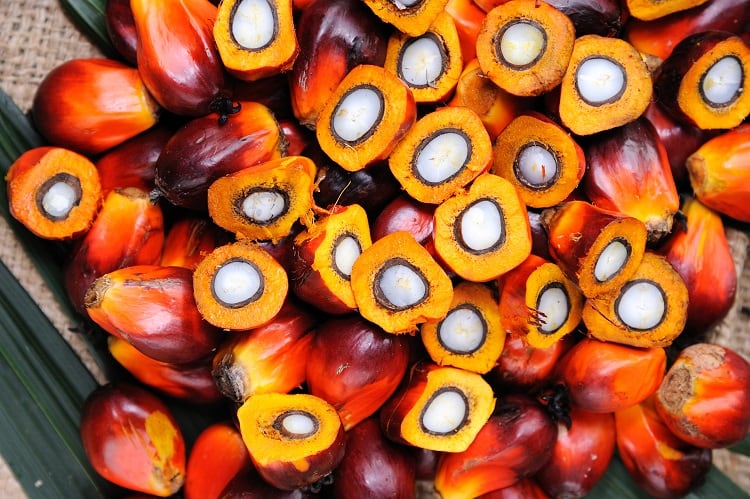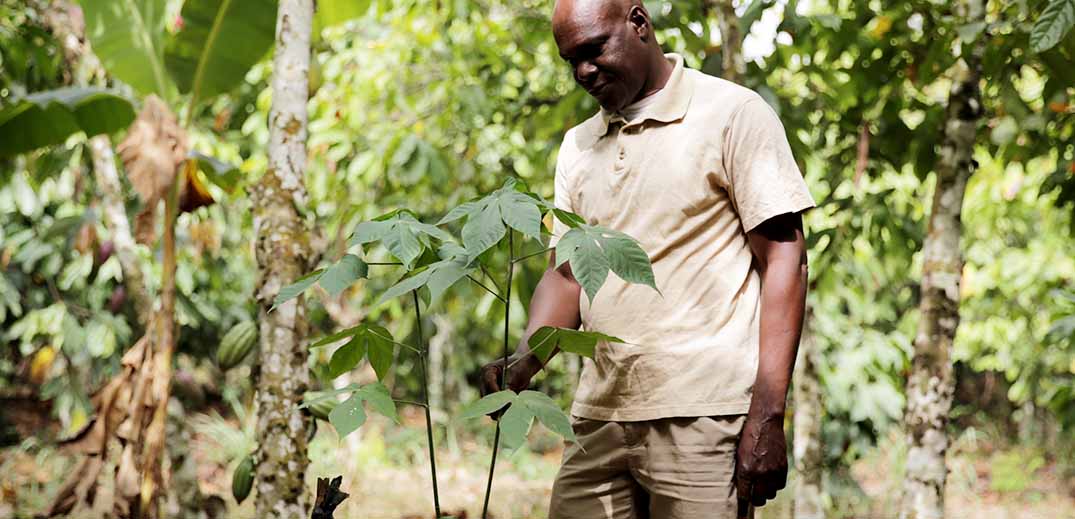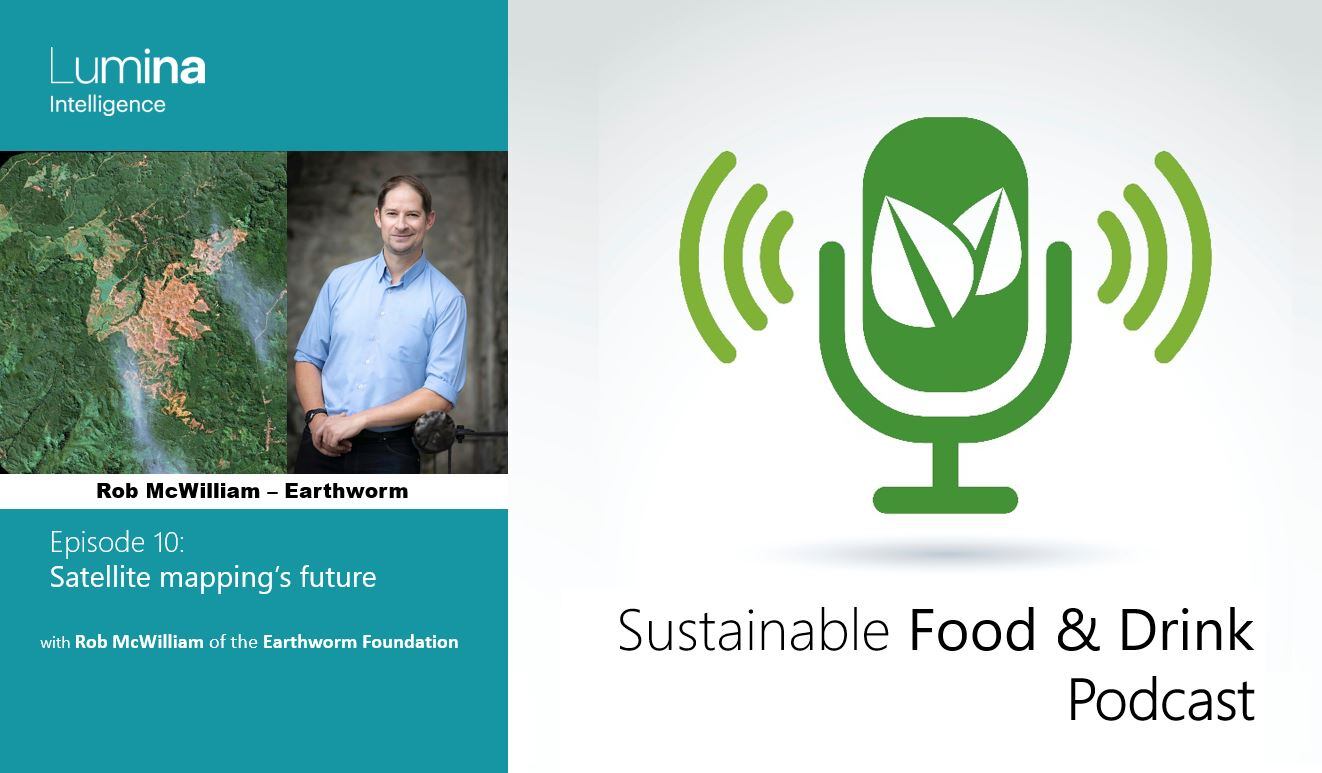Traceability in cocoa is a hot topic. European consumers are increasingly interested in origin and cocoa quality, and want to be assured the cocoa in their premium chocolate bar truly was sourced from the country indicated front-of-pack.
Quality aside, traceability is crucial to ensuring sustainability across the supply chain. When a chocolate brand claims to be free from irresponsible farming practices, such as deforestation and child labour, traceability helps to prove that claim.
Now, scientists have developed a method they say has the potential to boost cocoa traceability and transparency, by analysing the final product’s chemical ‘fingerprint’.
Analysing chocolate’s ‘chemical signatures’
The team of researchers at Townson University’s Department of Chemistry, in Maryland, US, concentrated on the ‘chemical signatures’ of chocolate to determine its country of origin, despite varying production methods.
“Many of the steps in the process of producing cocoa can influence the chemical makeup of the different aspects of the final product including the flavour profile and aroma,” noted the scientists.
Factors include the genes of the tree from which the pods are harvested, and the environment in which the tree is grown. “Each region where cocoa is grown has variations in soil composition, weather and farming practices that influence the cocoa been development,” the researchers continued.
Further, post-harvest treatments, such as fermentation and roasting conditions, can also influence cocoa’s chemical composition. For the most part, cocoa beans are harvested from the pods, before being fermented, dried and roasted. They are then ground into a paste, known as ‘cocoa liquor’.
Cocoa liquor contains cocoa solids and cocoa butter. Sugar is one of the primary ingredients then added to the liquor to produce chocolate. Each step can be changed according to the recipe, making for countless variances.
“These differences result in unique chemical signatures that can identify cocoa liquors by their country of origin,” explained the scientists.
Country of origin identified in 95% of samples
To test their chemical signature method, the research team sourced single-source samples of cocoa liquor from five countries: Vietnam, Mexico, Indonesia, Ecuador, and Honduras.
They then used liquid chromatography to separate the cocoa liquor compounds from various samples and mass spectrometry to identify their chemical signatures.
Three to four samples were selected from each country, and a total of 132 samples were prepared for the analysis.
For Vietnamese cocoa, for example, 26 chocolates made using the same bean, yet different fermentation conditions, were tested. For Indonesian cocoa, the researchers analysed 24 samples of different beans from the same region, and from Honduras, 27 samples of the same bean, yet roasted in different conditions, were analysed.
Overall, the fingerprint method was able to accurately group and identify country of origin for 95% of the samples.
Potential use in cocoa label claims
Moving forward, the researchers hold hope the method could be developed to accurately group and identify cocoa samples according to producing regions.
By being able to trace cocoa’s origin back to the specific region, or farm, consumers and regulators could verify a product is ‘fair trade’ or ‘organic’, if it claims to be. Further, such methodology could help ensure a finished chocolate product has not been adulterated with inferior ingredients along the supply chain.
As Sergi Corbalán, director of the Fair Trade Advocacy Office (FTAO) explained: “Very large number of cocoa producers are living in extreme poverty.”
The FTAO is the joint advocacy office of Fairtrade International and the World Fair Trade Organisation.
The key question is, Corbalán told FoodNavigator: “How can traceability systems in some way realise additional benefit to the producers?”
By being able to trace cocoa back to its producing region, food companies, distributors, and consumers would know exactly what they were buying, and regulators would have the transparency required to penalise those not conforming.
In the meantime, the method’s application is being expanded to look at the chemical signatures of other commodities, such as various forms of fair trade and organic coffee.
Source: ACS Spring 2020 National Meeting & Expo
‘Chemical signatures from UPLC/MS for cocoa provenance determination’
Published 17 April 2020
DOI: https://doi.org/10.1021/scimeetings.0c02012
Authors : Gabrielle Lembo, Brianna Stang, Shannon Stitzel, and Luke Monroe





